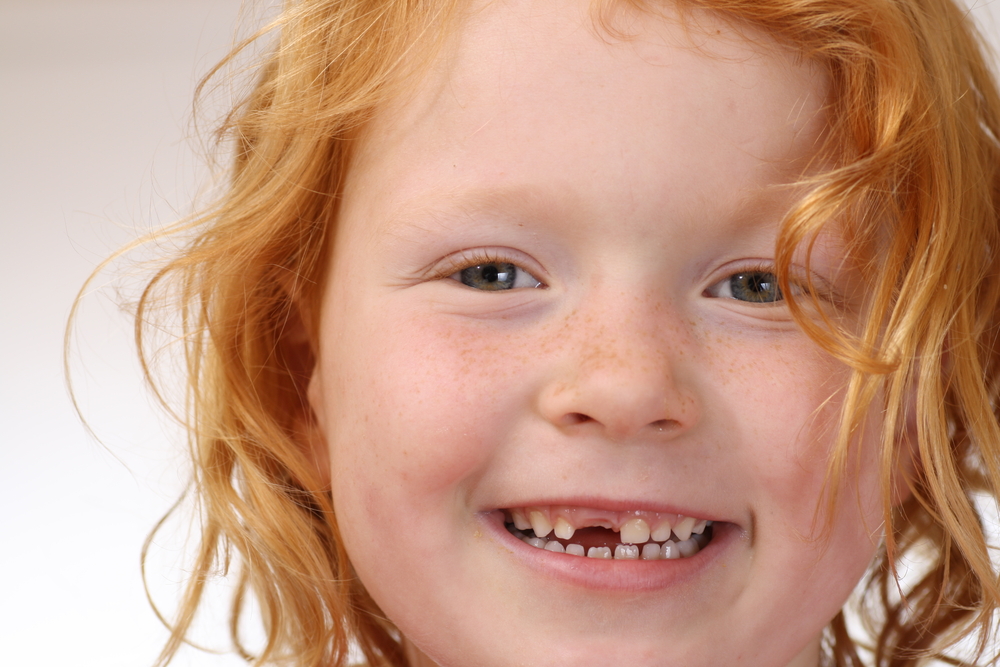Guest Blog:What Do You Need To Know About Early Dental Care? Part 2
I'm back, and I'd like to discuss children’s dental care during what we dentists refer to as the Primary and Mixed Dentition Stages. The Primary Dentition Stage begins when the first tooth erupts and ends when the first permanent tooth erupts. The Mixed Dentition Stage refers to the period when baby teeth are shedding, and permanent teeth are erupting.
Most children's primary or "baby" teeth are erupted by the age of 3 and are generally all lost by the age of 12. There are significant variations in eruption, so please take the above ages as a very general approximation. Do check out the American Dental Association Chart of Teeth Development, which illustrates the approximate ages when teeth erupt and when they are shed.
Let's first focus on the Primary Dentition Stage. I wish I had a dollar (taking inflation into account) for every time I was asked if baby teeth were worth taking care of and saving. The answer is YES. They help hold space for the permanent teeth to erupt into the proper position, aid in chewing well, speaking clearly, and prevent pain, decay, and infection. They keep your children healthy.
Thumb sucking and pacifier habits hopefully are discontinued towards the end of the Primary Dentition Stage, approximately age three, or some even say four years. If these habits continue, they can cause problems, so please see a dentist for advice on how to stop these habits. They may even recommend a mouth appliance at some point.
As children move into the Mixed Dentition Stage, orthodontic check-ups should be done, no later than seven years of age. Even if a child's teeth appear straight, an orthodontist could detect future problems. Early treatment can prevent more serious problems from developing. Treatment may be shorter, more effective, and less complicated.
Mouthguards are an essential part of athletic gear from an early age. They help cushion teeth from trauma and minimize the risk of broken teeth and injuries to lips, tongue, face, and jaw. They are especially crucial for children who wear braces. A blow could damage the brackets or other fixed appliances. Mouthguards usually cover upper teeth because they're more prominent and prone to injury. With braces, your dentist or orthodontist might also recommend a lower mouthguard if your child has braces on their lower teeth. The best mouthguard is one that is custom fit from your dentist. However, if a custom made mouthguard is too costly, one should still wear a "boil and bite" mouthguard that has the ADA Seal of Acceptance. Another inexpensive alternative is a stock mouthguard, however they often do not fit well and may not offer adequate protection.
And finally, I would feel remiss if I didn't state that brushing twice a day and flossing between all teeth that touch, is a lifelong routine and should be adhered to as strictly as possible. Check if your children are adept at this. Often they need assistance until they are about seven years old. Remember to use a soft-bristled toothbrush and brush for two minutes. By the time your child is nine or ten years old, he or she can use an adult size toothbrush. Last but not lease, schedule a dentist visit for your child at least twice a year.
And remember: only brush and floss the teeth you want to keep!







